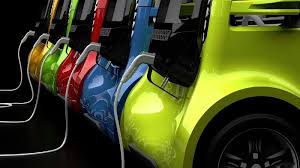Microsoft's new iPhone app narrates the world for blind people
Microsoft has released Seeing AI — a smartphone app that uses computer vision to describe the world for the visually impaired. With the app downloaded, the users can point their phone’s camera at a person and it’ll say who they are and how they’re feeling. They can also point it at a product and it’ll tell them what it is. All of this is done using artificial intelligence that runs locally on their phone. The company showed off a prototype of Seeing AI in March last year at its Build conference, but starting today, the app is available to download for free in the US on iOS . However, there’s no word yet on when it’ll come to Android or other countries. The app works in a number of scenarios. As well as recognizing people it’s seen before and guessing strangers’ age and emotion, it can identify household products by scanning barcodes. It also reads and scan documents, and recognizes US currency. This last function is a good example of how useful it can be. As all doll...
